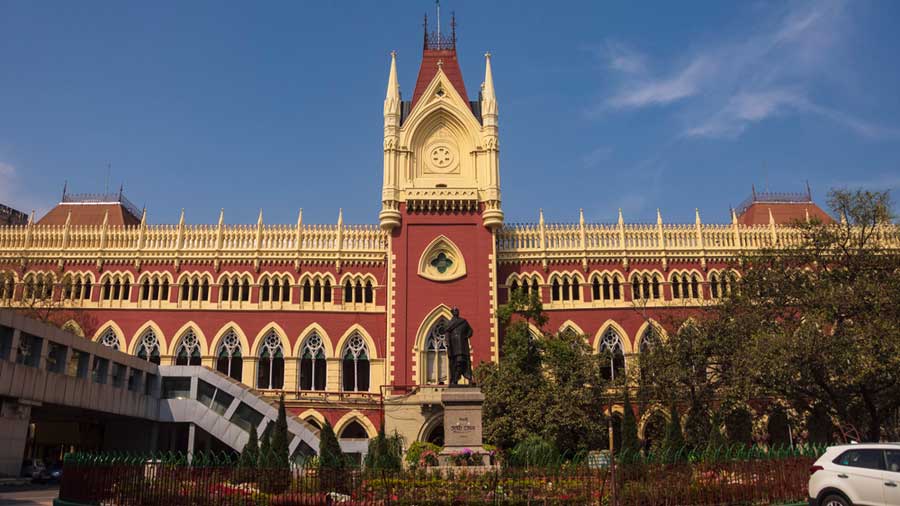A recent judgment by the Calcutta High Court has sparked widespread debate and controversy. The judgment, suggested that “girls should control sexual urges,” leading to significant public outrage and discussions about the age of consent, legal age for marriage, and the Protection of Children from Sexual Offences (POCSO) Act. However, the same judgement also acknowledges the sexual activity amongst adolescent being normal and called for comprehensive sex education in schools. Conflation in laws and judgements are not new, especially in cases of POCSO.
The Protection of Children from Sexual Offences (POCSO) Act, enacted in 2012, is a landmark piece of legislation in India that aims to protect children and minors from sexual abuse. It covers a wide range of sexual offenses against children, including sexual harassment, pornography, and penetrative sexual assault. The act establishes special courts for speedy trials, sets out stringent punishments, and defines a child as any person below the age of 18.
The POCSO Act is crucial for safeguarding children from sexual abuse as it recognizes the vulnerability of minors and provides a legal framework to ensure their protection. This act has made it easier for victims to report abuse and has led to increased awareness and accountability. The Act emphasizes the need for child-friendly procedures during trials, aiming to reduce the trauma associated with legal proceedings for young victims.
The age of consent was earlier considered through the Hindu Marriage Act, 1955. According to Section 5 (iii) of the Act, the boy should have completed 21 years and the girl should have completed 18 years at the time of marriage. Section 4 of Special Marriage Act, 1954 also has the same criteria. Age of consent laws has played a significant role in shaping social norms related to sexual relationships before marriage and marriage without parental consent. This also influence societal norms that discourage premarital sexual activity, leading to sexual activity between two consenting adolescents as a taboo.
On the other hand, the Child Marriage Restraint Act (1929) and Prohibition of Child Marriage Act, 2006, prohibit marriage before the age of maturity. This was aimed at addressing the widespread societal issue of child marriage. With introduction of POCSO, the minimum age of consent for sexual intercourse was raised from 16 to 18 years in November 2012.
Indian Penal Code (IPC) was amended in 2013 to raise age of consent from 16 to 18 to avoid conflation with POCSO. The law says that any sexual activity with or without the woman’s consent when she is below 18 constitutes rape. Anyone below 18 is considered incapable of giving consent. These laws are meant to protect minors from exploitation and ensure that they have the capacity to make informed decisions about their sexual relationships.
The rationale behind setting the age of consent at 18 is that individuals below this age may not have reached the required level of biological and emotional maturity to make informed decisions about sexual activity. Adolescents, can be particularly vulnerable to power dynamics within relationships. The law aims to protect them from potential abuse or coercion by older individuals who may take advantage of their inexperience or lack of autonomy.
However, these provisions of the law raise concerns in cases of sexual activity between two consenting adolescents, especially if one is below 18. Similar to the case for which judgment as passed by the Calcutta High.
Adolescents’ sexual activity, particularly prior to marriage is still a taboo in our society. They often face issues like inadequate access to correct information on sexual and reproductive health, stigma and shame that discourage discussions and seeking help, concerns about confidentiality, access barriers, legal restrictions, economic limitations, limited availability youth-friendly services, and gender inequalities.
Societal norms that emphasize abstinence before marriage can hinder open conversations about sexual health. Lack of information and access to Sexual and reproductive health services often increases the risk of sexually transmitted infections, unwanted pregnancies, and psychological distress among adolescent girls.
Tackling these issues necessitates comprehensive sex education, youth-friendly healthcare services, the removal of legal barriers, and a shift in societal norms towards fostering open and non-judgmental discussions about sexual health to empower adolescents with knowledge and access to essential services, promoting informed decision-making, health, and well-being.
Cases of sexual activity involving adolescents below the legal age of consent are not uncommon. This challenge of conflation of POCSO cases involving non-consensual abuse with cases where two adolescents willingly engage in sexual relationships with each other. This leads to a legal grey area, where consensual sexual activity between adolescents can inadvertently lead to criminal charges.
To address these issues, it is essential to have open and honest discussions about adolescent sexuality. This includes providing comprehensive sexual education, ensuring easy access to sexual and reproductive health services, and possibly reevaluating age of consent laws to account for adolescent agency and capacity. In doing so, we can move towards a society that normalizes healthy sexual development while still protecting children from exploitation.
In conclusion, the POCSO Act is a vital piece of legislation that provides crucial protection to children from sexual abuse. It also highlights the need for a nuanced discussion about the legal age of consent and its implications on sexual health and social norms. Balancing the protection of minors with the recognition of adolescent agency is a complex task, but it is essential to ensure the well-being and rights of young individuals.
